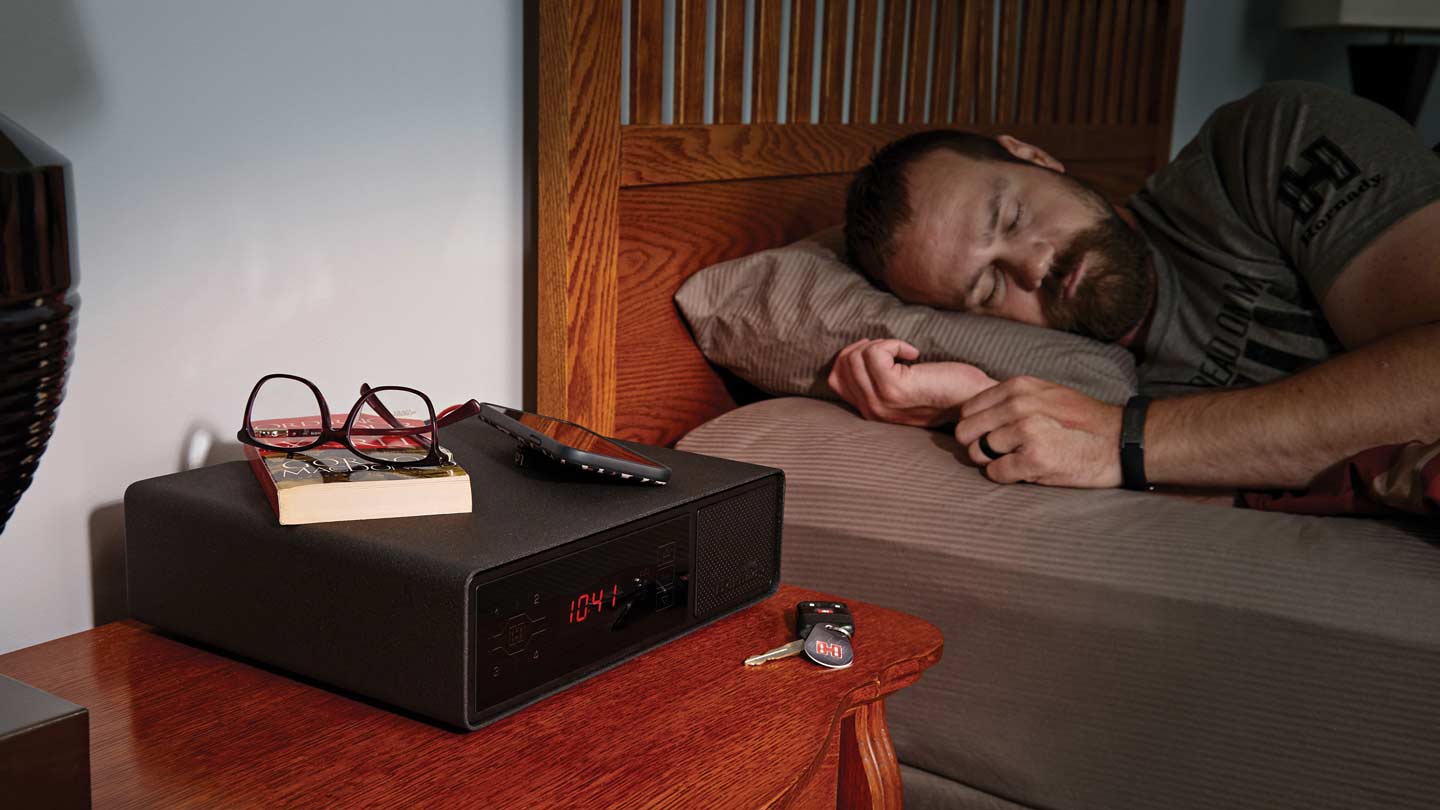Proper storage of firearms for home defense is essential to keep them from falling into the wrong hands, while balancing quick access for authorized users. The article written by Richard Johnson highlights the importance of evaluating your personal circumstances before choosing a firearm storage method. It discusses how factors such as having children or visitors who may bring children can dictate the need for increased security measures. The layout of your home should also inform your storage strategy, ensuring the accessibility of firearms in areas where time is frequently spent.

The article differentiates between storing and staging firearms, where staging refers to keeping guns ready for immediate use, similarly to a fire extinguisher kept for emergencies. It suggests various storage methods such as exposed, hidden, and lock boxes. Exposed storage is described as the least secure, with guns left in plain sight, suitable only when all individuals with access are trusted. Hidden storage utilizes concealment, while lock boxes provide the best security with quick access mechanisms like keypads or biometric scanners. For additional convenience and security, some lock boxes can be bolted to furniture or tethered with steel cables.
Ultimately, the decision on how to store a gun for home defense is personal and should be tailored to individual circumstances and security needs. The article encourages thoughtful consideration of storage methods that offer a balance between ease of access in emergencies and preventing unauthorized access. Practicing access procedures with training or unloaded guns is recommended to ensure efficiency during emergencies. For more insights and detailed suggestions, readers are encouraged to explore the original article, How to Store a Gun for Home Defense - The Armory Life.
No comments:
Post a Comment